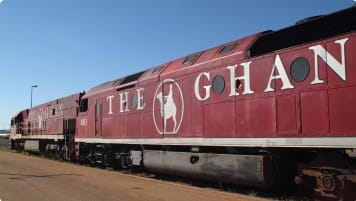Alice Springs Telegraph Station
Article for mature and senior couples and solo travellers interested in Australian outback colonial history in the Northern Territory when taking a small group tour. John Stuart found the route for the telegraph route to connect Australia to the world.
17 Apr 21 · 8 mins read

Alice Springs Telegraph Station
By Marco Stojanovik
The opening in October 1872 of the Overland Telegraph Line signalled a new era for the Australian colonies. Previously isolated from the rest of the world by a tyranny of distance and slow and irksome communications, the colonies suddenly found themselves connected to far off places, able to communicate within mere hours. Today, the best-preserved station along the telegraph line is at Alice Springs. A restored historical reserve, it marks the original site of the first European settlement in the town and tells the story of the telegraph era and beyond.
Odyssey Traveller conducts a tour of the Alice Springs Telegraph Station as part of our 13-day guided tour of Alice Springs and Uluru-Kata Tjuta National Park. We begin and end this tour at Alice Springs, where we learn about its surrounding beautiful desert landscapes, Aboriginal culture, European settlement, and unique wildlife. This article explores the history of the Telegraph Station to assist your tour. Much of the information is drawn from the Australian Council of National Trusts’ book Historic Public Buildings of Australia and Peter Taylor’s book An End to Silence.
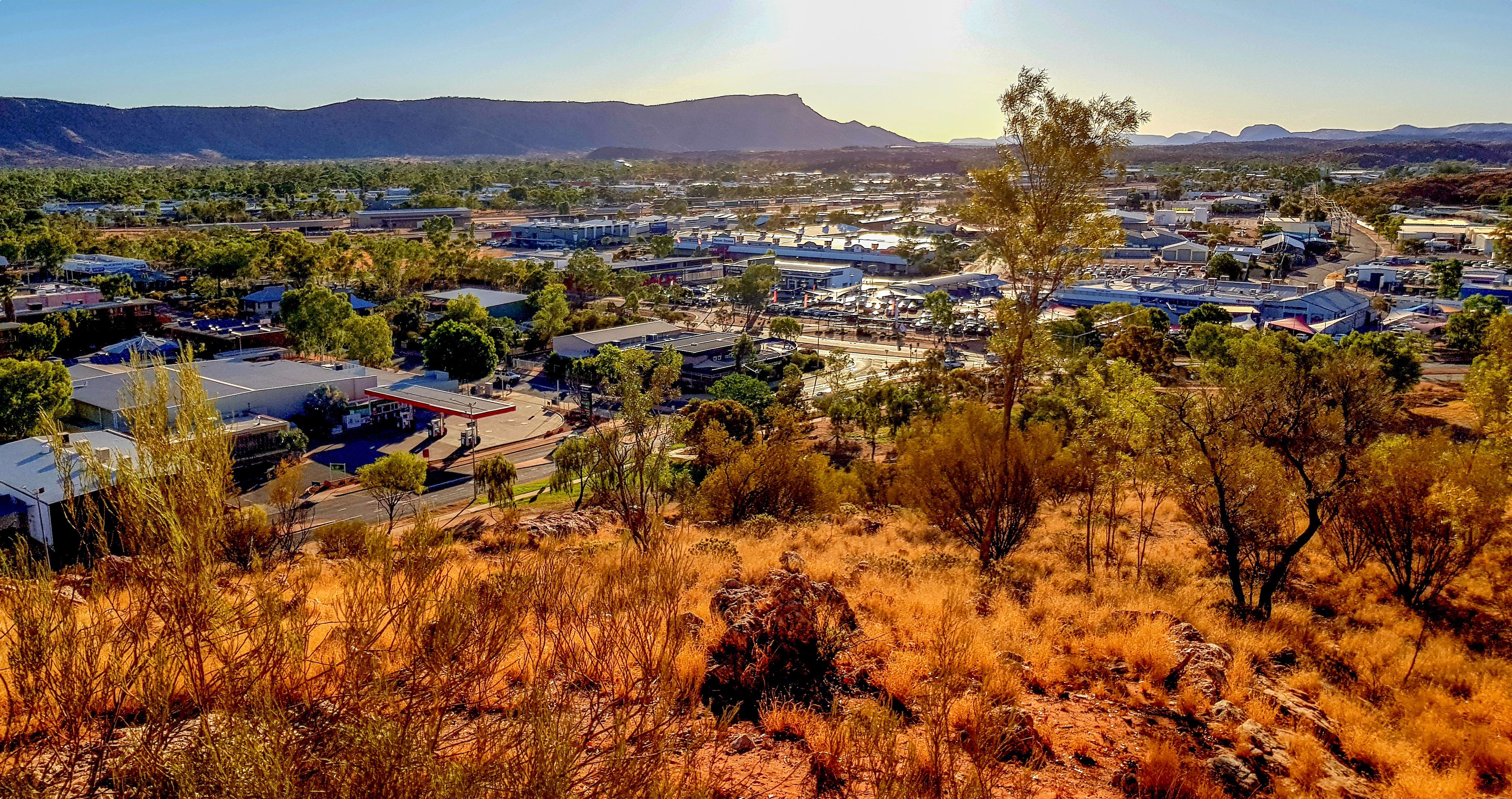
An End to Silence
One of the greatest engineering achievements of the nineteenth century, the Australian Overland Telegraph Line, connected Port Augusta with Darwin and thereby Australia overseas to England and the wider world. Despite almost overwhelming odds, on 22 August 1872, the line more than 3,000 km long was finally connected through country that had only been crossed once, that was for the most part uninhabited by white people, and that had one of the most inhospitable climates in the world.
The finished result was a transformation of life in the Australian colonies as Australia was brought in from its isolation by the means of rapid communication. Suddenly communication between Sydney and London could be done within seven hours at a time when letters could take more than three months to travel the same distance. It was little short of miraculous.
The telegraph linking the east coast of Australia with a submarine cable had been first proposed in the late 1850s by the South Australian postmaster General and Superintendent of Telegraphs, Sir Charles Todd. But the practicality of his proposal could only become clear once the explorer John McDouall Stuart and a small party crossed through the centre of the continent from north to south on horseback in 1862.
Stuart successfully reached the Indian Ocean at Chambers Bay on the north coast (near present-day Darwin) on his third attempt. Whereas other explorers, the likes of Leichhardt and Burke & Wills, perished in their attempts to navigate and map the country for European settlement, Stuart was able to do so following a traditional route linking waterholes, created and travelled by Aboriginal people for millennia.

In June 1870, urged by Todd and spurred by fears that Queensland’s proposal to have its own overseas cable might be accepted, the South Australian government agreed with the British-Australian Telegraph Company to build the Overland Telegraph Line and have it ready for transmission in 18 months. The state would pay for the construction of the telegraph line between Darwin and Port Augusta, which was already connected to the Australian network. And the British-Australian Telegraph Company would lay an undersea cable from Java to Darwin to connect it to the world.
Construction of the 3,2000 km Overland Telegraph Line began in early 1871 along a route mostly uninhabited by white settlers, closely following that of Stuart’s expedition so to make use of the water supplies he mapped out along the way. The small colony, with a white population of only 148,000, set about the enormous undertaking with zeal, involving around 500 men on the project split into three sections.
The southern and central sections of the line were completed in good time. However, the northern section soon encountered a violent wet season which shattered the seemingly well-laid plans. More than a thousand of the telegraph poles they had planted were washed away, and the crew became hopelessly bogged down and cut off from resupply. After agonizing delays, the line was finally completed in August 1872.
The Telegraph Station
In addition to stations at each of the three terminals of the telegraph line, nine intermediate repeater stations were built to enable messages to be transmitted over the distance. The Alice Springs Telegraph Station was one such station, built on a site beside the waterhole in the bed of the Todd River.
Prior to this, the waterhole had been a significant camping and ceremonial site for the local Arrernte people for thousands of years. The first European to discover the site was William Mills, the surveyor in charge of the MacDonnell range section of the line, in March 1871. He named it Alice Springs after Alice Todd, the wife of Charles Todd.
Construction of the Telegraph Station commenced adjacent to the water hole under the direction of Gilbert Rotherdale McMinn in November 1871. The first building, completed in time for the opening of the line, was a combined telegraph office and staff quarters still known as ‘the barracks’. It was followed soon after by a stable and wagon shed. Outbuildings were gradually added, including a policemen’s quarters, harness and buggy sheds, a battery room, a black smith’s shop, and a separate kitchen building in front of the residence.
All buildings were functional in design and substantial in construction, built with solid local stone and lime mortal, with iron roofs. Robert Lawson comments on the buildings for the Australian Council for Nation Trusts: “If their designer had any predilection for architectural flourish, the demands for utility succeeded in suppressing it. Despite vandalism and misuse, they still stand clustered around the well-proportioned barracks with its verandas on three sides.”

The Telegraph Station was basically self-sufficient, with sheep, goats, cattle and their own vegetable garden ensuring adequate food and the blacksmith much of their equipment. While the waterhole supplied the settlement with water, a well was later sunk to maintain supply during drought periods. Once a year stores and supplies which could not be produced locally were replenished when the camel train from the railhead in South Australia arrived.
The first Stationmaster was Johannes Mueller (1872-1879), who worked with four telegraphist-linesmen, a teacher-governess, a cook, and a stockman-blacksmith. Apart from the civilisation provided by the line itself the station was isolated, and its work of transmitting messages and maintaining and repairing the line was undramatic.
Establishment of the Alice Springs Township
The township now known as Alice Springs was laid out two miles downstream alongside the Todd River in 1888 under the name Stuart. The population remained tiny for some decades due to its remoteness and lack of transport. Missionaries, prospectors, and graziers passed through, but few stayed. By 1926 its population was still only forty whites.
The year 1929 marked the town’s first real connection with wider Australia, with a rail line built connecting the settlement with Adelaide, thereby providing far easier transport than previous routes. The town consequently began to grow more rapidly, and soon afterwards the name Stuart was changed to its present name. More modern facilities were then established in 1932 and the Telegraph Station ceased operation after sixty years of service.
Uses Since Closure
Since its closure the station has had varied uses. Known as ‘The Bungalow’, it was a home and school for part-Aboriginal children from 1932, proclaimed an Aboriginal Reserve with an area of 273 hectares. Significant alterations were made to the buildings with a genuine effort put in to making it comfortable. Amongst other additions, a large corrugated-iron dormitory was built with rows of double bunds where girls slept in the eastern wings and boys in the western.
The Bungalow closed in 1942 when children were evacuated south in response to World War II. The Australian Army took over the buildings of the station and it was used as a labour camp for Aboriginal workers. Following the war, it was returned to the Native Affairs Department, serving as an Aboriginal Reserve until 1963.
At this point the Native Reserves Board assumed responsibility for the Telegraph Station and about 1,000 acres of surrounding land, which now form the Alice Springs Telegraph Station Historical Reserve with indoor and outdoor displays. This includes several restored stone buildings, which house furnishings and artefacts from early last century. The station itself is now an operational post office and includes the town’s original red post-box.
The station is also the gateway to the Alice Springs mountain bike trail network, a series of trails that pass through stunning Central Australian landscapes. There are also a number of short walks in the reserve and it is the starting point of the 223km long Larapinta Trail, one of Australia’s most spectacular bushwalking and trekking experiences. For those just looking to kick back and relax, you can enjoy a Northern Territory roasted coffee at the Trail Station café or find an ideal spot under the gum trees for a picnic.
The Historical Reserve is located 4km north of the town centre and is easily accessible for a visit by car along the Stuart Highway and Herbert Heritage Drive. Alternatively, the Riverside Path along the Todd River provides either a scenic short walk or cycle along the sealed path.
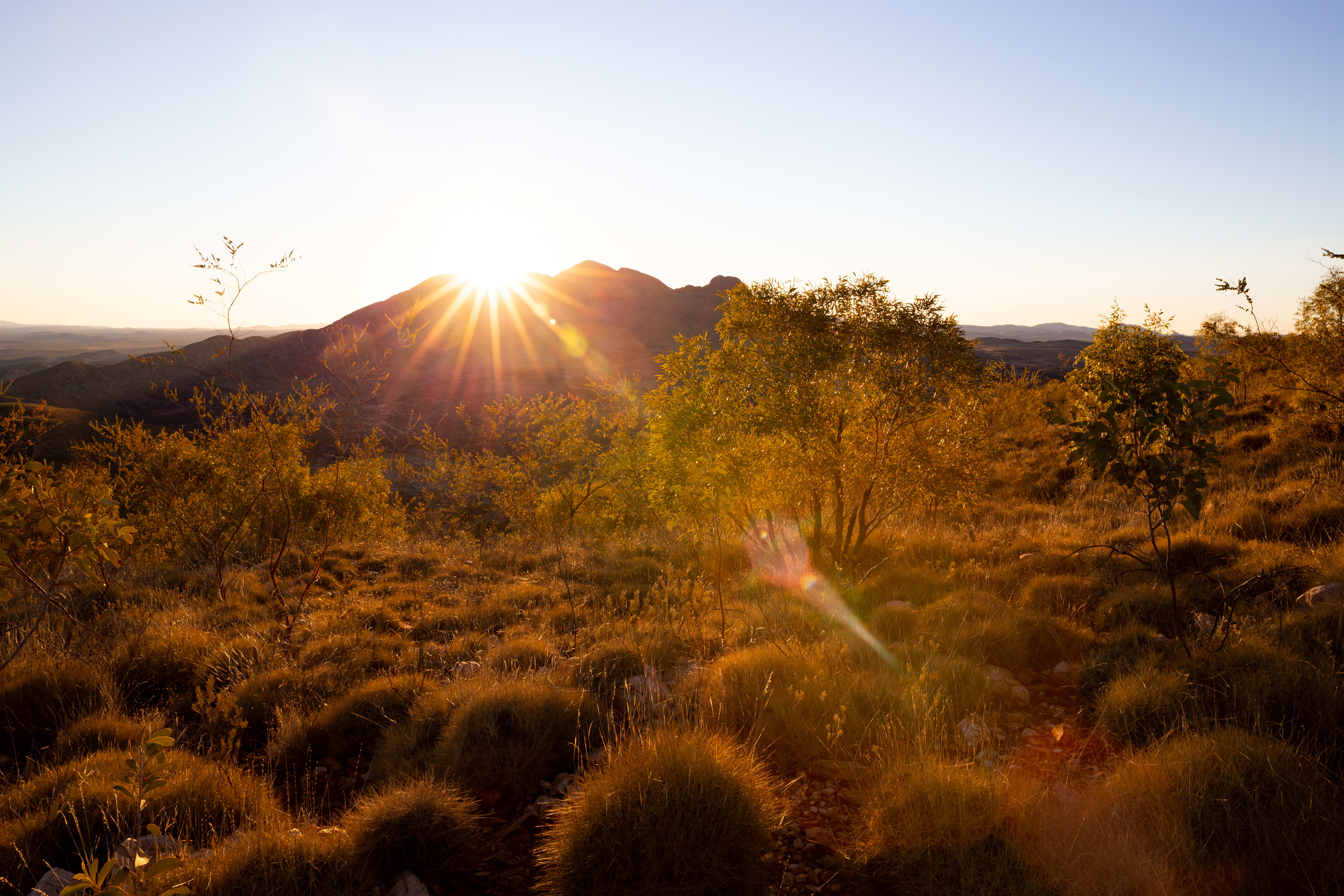
Tour of Alice Springs
Our Alice Springs and Uluru-Kata Tjuta National Park tour lasts for 13 days, delving into the colourful landscapes and impressive landforms, Aboriginal culture, and rich wildlife of the Southern portion of the Northern Territory.
We begin and end at Alice Springs, where we learn about its surrounding beautiful desert landscapes, Aboriginal culture, and unique wildlife. Alice Springs, or simply ‘Alice’ as it is known now colloquially, is famous for the ochre sands and mountain ranges that surround it, its many Aboriginal art galleries, and cultural events. The Arrernte people, who have lived in the Central Australian Desert in an around what is today Alice Springs for thousands of years, still today sustain a strong connection to this land and a rich culture.
We spend four nights in Alice Springs, before making our way to enjoy the various sites and wildlife of the national parks in the southern portion of the Northern territory. The UNESCO World Heritage Uluru-Kata Tjuta National Park is a major highlight as we explore two of Australia’s most magnificent geological and landform features: Uluru (Ayers Rock) and Kata Tjuta (the Olgas). Both Uluru and Kata Tjuta have sacred significance to the Anangu, the local indigenous people who have inhabited the land for more than 22,000 years. They believe both sites contain spirit energy, with the surrounding areas the home of their ancestors and inhabited by many ancestral ‘beings’. The park is also home to a fascinating array of plants and animals, including many rare species.
Other key highlights along the tour include trips to the spectacular canyons of Watarrka National Park, Finke Gorge National Park (home to a diverse range of rare plant species), the Aboriginal Community of Hermannsberg (once home to the great Aboriginal artist Albert Namatjira), and the outstanding landscapes of both the West and East McDonnel Ranges (ancient landscapes sculptured over time by climatic elements and today refuges for many plants and animals).
Odyssey Traveller has been serving global travellers since 1983 with educational tours of the history, culture, and architecture of our destinations designed for mature and senior travellers. We specialise in offering small group tours partnering with a local tour guide at each destination to provide a relaxed and comfortable pace and atmosphere that sets us apart from larger tour groups. Tours consist of small groups of between 6 and 12 people and are cost inclusive of all entrances, tipping and majority of meals. For more information, click here, and head to this page to make a booking.
Articles about Australia published by Odyssey Traveller:
- The Kimberley: A Definitive Guide
- Uncovering the Ancient History of Aboriginal Australia
- Aboriginal Land Use in the Mallee
- Understanding Aboriginal Aquaculture
- Mallee and Mulga: Two Iconic and Typically Inland Australian Plant Communities (By Dr. Sandy Scott).
- The Australian Outback: A Definitive Guide
For all the articles Odyssey Traveller has published for mature aged and senior travellers, click through on this link.
External articles to assist you on your visit to the Northern Territory:
Related Tours

days
Apr, May, Jun, Jul, Aug +3Small group tour exploring Alice Springs and Uluru-Kata Tjuta National Park
Visiting Northern Territory
Explore and learn about historic Alice Springs, The MacDonnell ranges, and Uluru-Kata Tjuta National Park. This escorted small group tour for mature and senior travellers, travelling as a couple or solo travellers also visits the Hermannsburg Lutheran mission plus Henbury meteorite site learning about the Aboriginal outback and contemporary art.

days
Apr, Jun, Aug, Nov, Mar +2Exploring Alice Springs and Uluru-Kata Tjuta National park by Motorbike
Visiting
Explore on a Motorbike tour in the Outback and learn about historic Alice Springs, The MacDonnell ranges, and Uluru-Kata Tjuta national park. This escorted small group Motorbike tour for mature and senior travellers, travelling as a couple or solo travellers also visits the Hermannsburg Lutheran mission plus Henbury meteorite site learning about the Aboriginal outback and contemporary art.
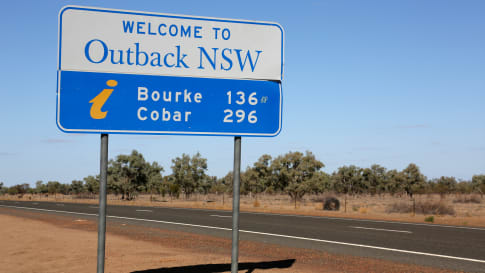
days
Mar, JunSmall group tour of Eastern and Central Australia
Visiting New South Wales, Northern Territory
Small group tour for couples and solo travelers touring most of the Australian territory, travelling through the outback and visiting many of the famous sights as well as off the beaten track locations, giving you the opportunity the explore and meet our people in the most remote locations. Learn about the history of the people who explored the deserts, from indigenous communities to Europeans, as well as Burke and Wills, visit Bourke, Normantown, Charters Towers far north Kakadu, returning back along the Stuart Highway to Adelaide and cross country to Sydney through the Blue Mountains.

days
Jun, Jul, Sep, Feb, Mar +1Darwin and Kakadu small group tour
Visiting Northern Territory
Explore and learn as part of a small group tour for seniors on this package tour to Darwin and Kakadu National park, a UNESCO world heritage site. This program also visits Arnhem land. Our focus is on ecology, landscapes and history on this 14 day program in the far north of the Northern Territory.
Articles
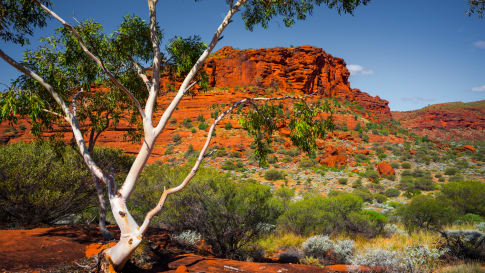
Alice Springs, Australia
Explore the sights and history of Alice Springs, with its amazing Indigenous art, rugged early settlement, and dramatic natural landscapes, Alice Springs is one of the Northern Territory's most popular highlights. Odyssey offers small group tours for mature and senior travellers, couples, and solo travelers to Australia and the Northern Territory.
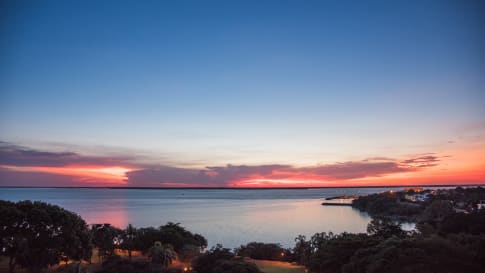
Darwin, Northern Territory
Discover Australia's Northern city whilst on a small group package tour to the Northern Territory with likeminded mature and senior travellers couples or singles. Darwin is the base for a tour of Kakadu and Arnhem land.

The Australian Outback: A Definitive Guide
Explore learn and consider what is the outback in this article. For mature and senior travelers considering joining a small group package tours into the outback to see, learn and explore about this unique place, not only the landscape but the Aboriginal approach to living. On each of the tours for couples and the single traveler you learn something different but fascinating, from Outback Queensland, the Flinders, Broken Hill and the Kimberley and the wildflowers all contribute to this question, what is the outback?

The Australian Overland Telegraph Line
Article on the Australian Overland Telegraph Line, that connected Port Augusta with Darwin and thereby Australia overseas to England and the wider world. Learn more on a small group tour for senior and mature couples and solo travellers visiting Central Australia including Uluru-Tjtuta.

The Simpson Desert, Australia
The Simpson Desert, Australia Sand dunes, desert flora, and splendid isolation: the Simpson Desert is one of the great wildernesses of outback Australia. Crossing the borders of South Australia, Queensland and the Northern Territory, the…

